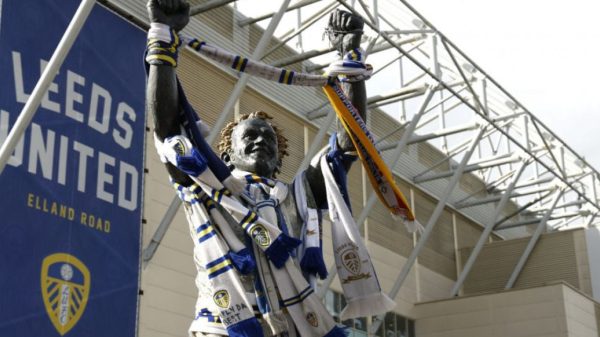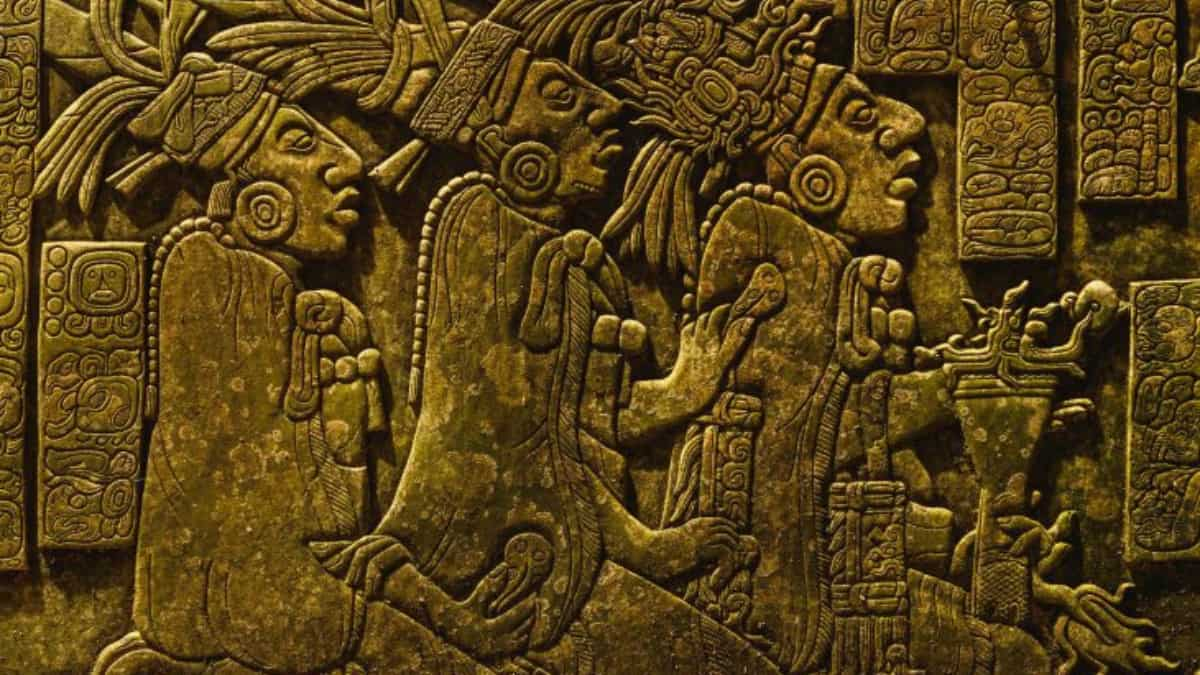Mayan Bloodletting Sacrifices: Bringing Gods Back to Life
The Mayan civilization practiced bloodletting sacrifices as a way to bring the Gods back to life and ward off bad omens. This ritual was deeply rooted in their belief system.
Significance of Solar Eclipses in Ancient Societies
Astronomical phenomena, such as solar eclipses, held great importance in ancient societies, including the Mayans. They saw eclipses as a bad omen symbolizing death and decay, leading them to perform bloodletting sacrifices to combat evil.
Astronomy in Maya Civilization
The ancient Maya civilization had skilled astronomers who meticulously observed the motion of the Sun, stars, and planets. They developed a sophisticated calendar system and closely monitored the Sun and monumental structures to track solstices and equinoxes.
- The Maya scribes recorded astronomical observations in hieroglyphic folding books made of fig bark paper.
- The Dresden Codex, dating back to the 11th century, contains valuable astronomical knowledge and evidence of the Mayans’ ability to predict solar eclipses.
Reasons for Tracking Astronomical Phenomena
The Mayans tracked astronomical events to stay prepared and take necessary precautions. Kings and priests performed rituals and sacrifices to ensure the continuity of cycles of destruction, rebirth, and renewal.
- They believed that sunsets symbolized death and decay, with the sun god undergoing a perilous journey through the Mayan underworld.
- Solar eclipses were viewed as omens of cataclysmic destruction, prompting the need for renewal rituals to restore balance in nature.
Mayan Bloodletting Sacrifices
The nobility and kings of the Mayan civilization engaged in bloodletting sacrifices to strengthen the sun god, Kinich Ahau. They believed that offering the “blood of kings” was the highest form of sacrifice, echoing the creator gods’ act of sacrificing blood to create the first humans.
















































